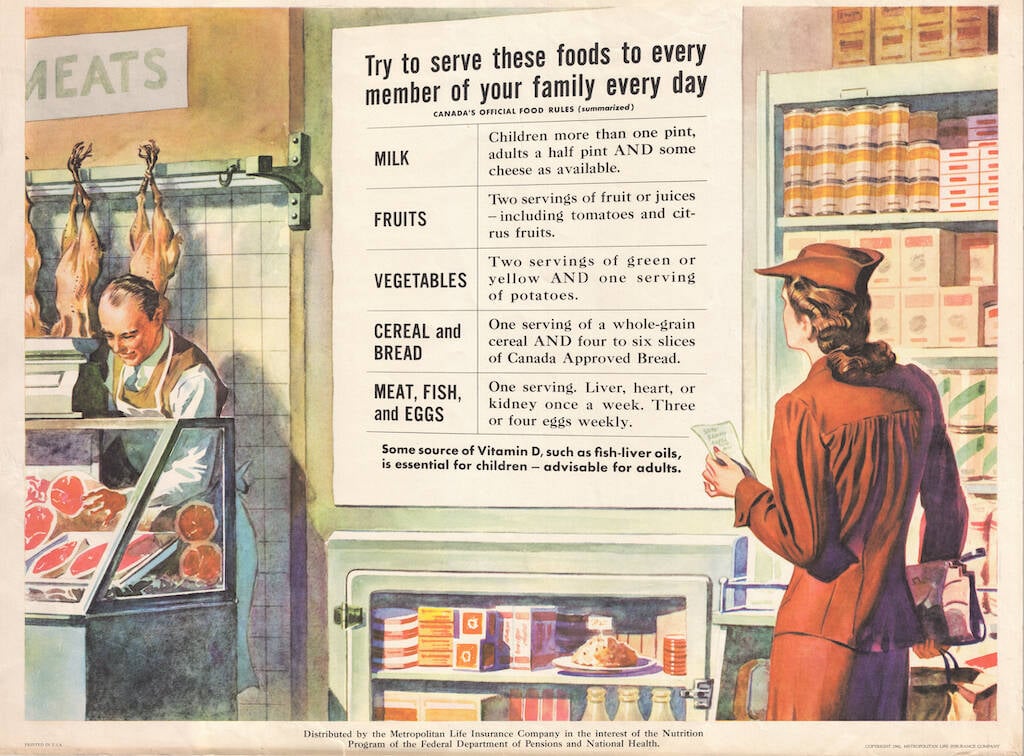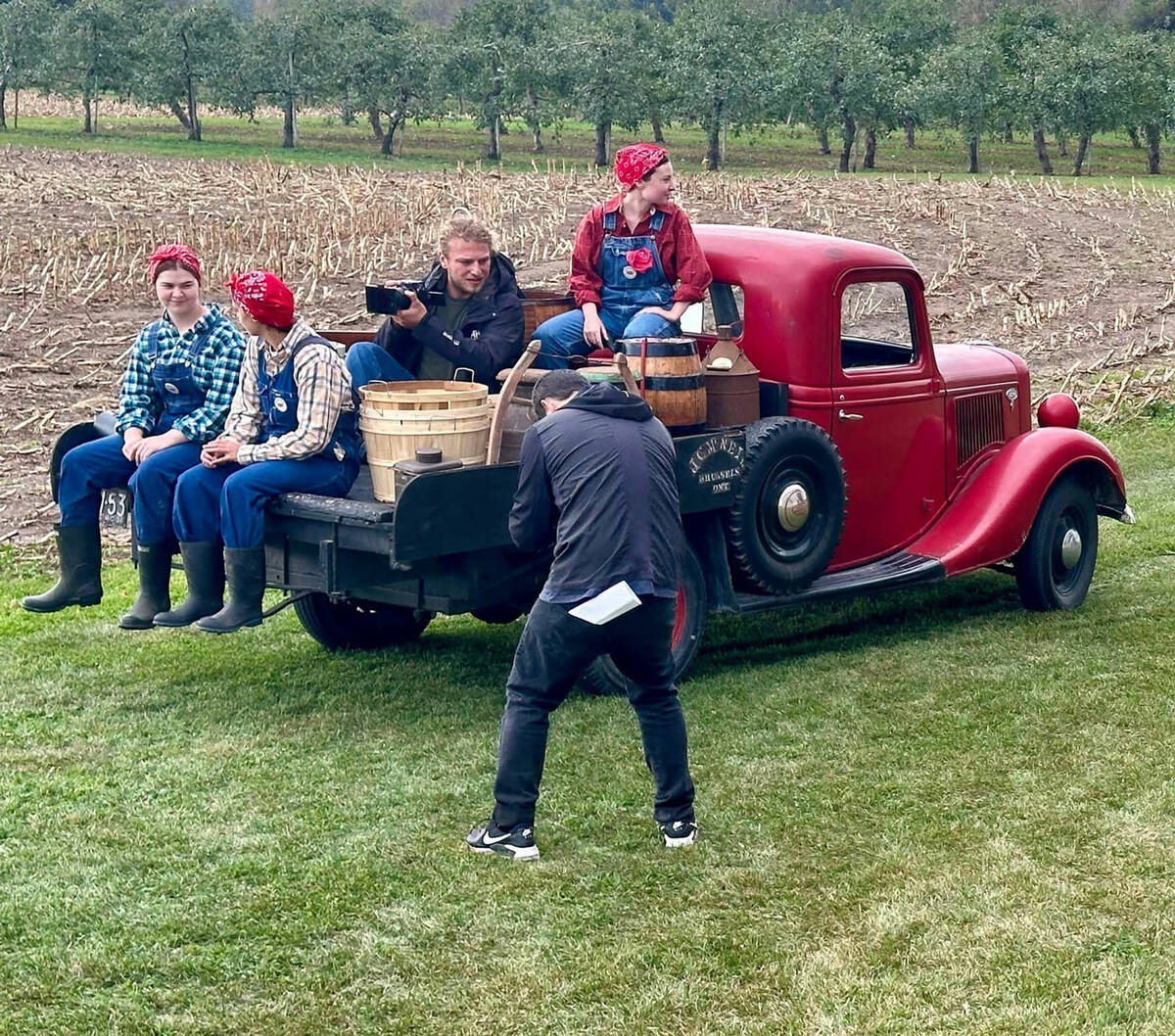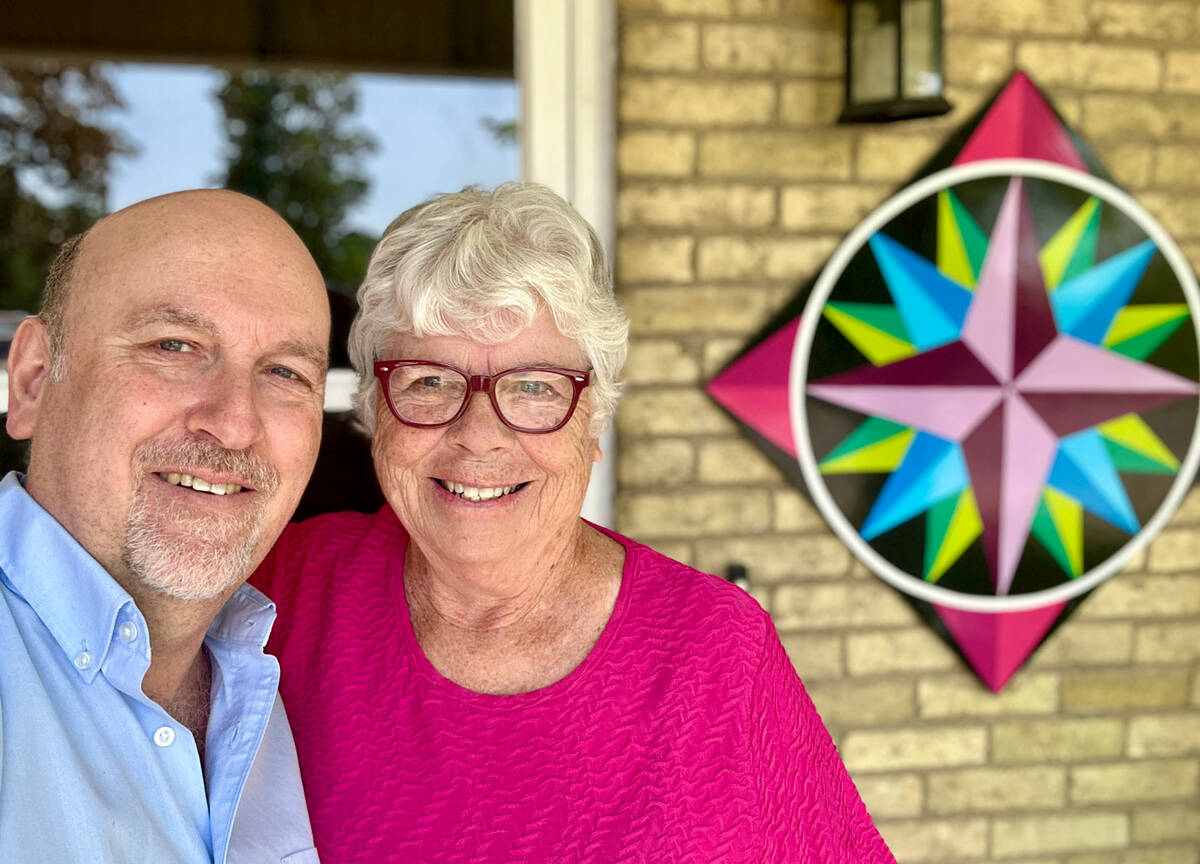It’s been said an army travels on its stomach.
While thousands of men served at home and abroad during the Second World War, an army of young women were putting this adage into practice. Known as the Farmerettes, these young teenage women worked at farms across Ontario, ensuring that food production continued as farm labourers were sent to the front, with the program continuing after the war.
Why it matters: More than 40,000 young women supported the war effort between the 1940s and early 1950s, helping grow and harvest crops amid labour shortages.
Read Also

Canada’s ‘Harvest for Victory’ in the Second World War
Propaganda posters celebrating farming show the legacy of Canadian agriculture during the Second World War.
A documentary touring Canada called “We Lend A Hand” brings these stories to life. The production came about when Exeter-based author Bonnie Sitter was searching through old family photographs. She said that, while sorting the pictures, she found an image of a group of women on the running board of a car she recognized. The caption on the photo simply read, “Farmerettes 1946.”
Sitter quickly discovered her family had hosted a group of young women, and she decided that the story of these women needed to be told. She composed an article for a local publication, which retired journalist Shirleyan English reviewed. The two of them quickly agreed that the story of the farmerettes needed more than an article, and the pair set out to put a book together, Onion Skins and Peach Fuzz, featuring interviews and stories of the women who worked on the farms during the war.
Sitter said that the program itself was received by both participants and farmers with significant doubt.
The young women were coming from towns and cities, never having seen a farm or been involved in farming in any way.
“They had no idea what they were really signing up for,” Sitter said.
And on the farms, there was skepticism that the young women would be up to the challenges of farm life.

“But they didn’t have a lot of choice, because they needed labour, and they were willing to give it a try,” Sitter said. “And by the end of the first season, if you asked a farmer what they thought about it, they would say, I couldn’t have done it without them. I hope they’ll all come back next year and help me again.”
The program covered the cost of bringing women to farms and camps. They were expected to work throughout the week doing various forms of farm labour. Participation in the program meant being able to skip exams during the school year.
“The teachers thought it was a really lousy idea,” Sitter noted. ”Farmers were willing to give it a try. So the program went into effect and started in May of 1941 with girls living in army tents.”
On location
The documentary takes viewers to the first farms in St. Catherines that hosted farmerettes. Sitter said that the work was arduous and backbreaking, with many women giving up shortly after arrival. However, many stuck to it despite sunburns, blisters, and homesickness.
“If they made it past two weeks, they generally proved that they could do the work and they could adapt to camp life and the curfews and all the other things that went along with it,” Sitter said.
Participants were paid 25 cents an hour, receiving an additional four cents a quart if they were picking strawberries. Farmerettes were expected to pay $4.50 a week for room and board as well as assist with keeping the living quarters clean, laundry and other duties as assigned.
On the weekends they were allowed to spend their free time as they pleased, with many becoming a part of the local communities.
“There were recreational things available for the girls. Some camps would have a piano. Some would have a record player. They would usually have a little library and maybe a ping pong table and puzzles, that sort of thing,” said Sitter. “At that time, transportation was by sticking your thumb out and hoping that somebody stopped to pick you up at the country home.”
Sitter said the contributions of the farmerettes were significant, providing food for soldiers at home and abroad. She said that the fact that they were involved in the food industry may be part of the reason they never achieved the status of other war images like Rosie the Riveter or bomb girls.
“People, I think, just expect food to show up in the grocery stores, and they don’t think about the labour that’s involved in planting and preparing the land, sowing the seeds, pruning the trees, all the things that have to be done to make sure that there’s a food supply. They just expect it to be done,” she said.
Spreading knowledge
For director Colin Field, this was motivation to help find a medium to get the stories of farmerettes into the public domain. Field took up filmmaking as he was approaching retirement, and met Sitter at a local vendor market. The pair spoke about the book she was working on and decided to take it to the big screen.

“This is really my first feature film. As I was approaching retirement, I thought it would be fun to do something that would get me out in the world using my creativity and curiosity,” Field said.
He remained in contact with Sitter and when she presented the completed book she had been working on, he knew it was time to put his creativity and curiosity to work.
“It was such an honour, really, to hear their stories. The project was supposed to be one year and 10 women,” he said, adding that as more people became aware of the project, he soon had a roster of 20 women ready to share their stories.
“The whole project took two years to put together, but it was just fabulous. They’re in a 95-year-old woman’s body, but you ask the right question, and you create a sense of trust, and then you just let them talk, and they’re just like 16-year-old girls in their in their brain, and they had such beautiful stories, heartwarming stories, a lot of humour.”
Field said for many of the women, it was the first time they had discussed their role as farmerettes in 80 years.
“I think they think it’s going to be this history lesson that we should all learn about what happened during the war. There are these beautiful, wise women, full of vigor, reliving their youth and sharing all these memories,” he said.
Great interest
Field said the documentary was also an opportunity to bring to light footage gathered by the National Film Board during the 1940s that had been stored in the organization’s archives.
“It shows teenage girls at Lawrence Park in Toronto learning about the recruitment and putting up their hands and asking questions of the recruiter, and then out in the fields, picking the fruit or getting up and brushing their teeth,” he said.
As screenings continue, Field said he wants the film to be an opportunity for young people to learn about the impact youth had on the war effort.
He said he is also appreciative of the many individuals and sponsors who helped bring the film to the theatres across Canada. He noted that timing was of the essence due to the age of many of the participants and that money had to be raised quickly to ensure that every story could be told.
“We’ve lost six of the women since a few months ago,” Field said. “There’s that sense of urgency to capture their stories and to hear it firsthand and to reflect the spirit of what they were saying.”
He added that the story of people rallying behind Canada echoes today.
“I think the timing of it. Two years ago, we weren’t talking about tariffs and how patriotic it was to eat local strawberries,” Field said, noting that the message of the strength of Canadians and the importance of patriotism reflects modern times. “Suddenly, these things that seemed quaint from 80 years ago are now on the nightly news, and people are emotional and all about this whole patriotic moment and proud of Canada and what we can do in our own communities. That’s all reflected by what these teenage girls were doing on the screen.”

To date, the film has won eight awards with more than 60 screenings. Field said the film will continue to show in theatres as long as there is demand and there is a strong focus on bringing it into schools.
“We really wanted to get out to more schools and universities and for younger people to see it,” he said, adding that the film is even being screened at a school in Yellowknife.
The duo has also been invited to do a showing of the film at the Juno Beach Centre next year in France. He hopes this will be the catalyst to show the film in Europe more broadly.
“Some people have seen it five times, and they come back with their family. They come back with their neighbours. We think after it’s been shown in the community, the need for it will dry up, but what we find is more people come the second time because they’ve told people about it,” Field said.
















